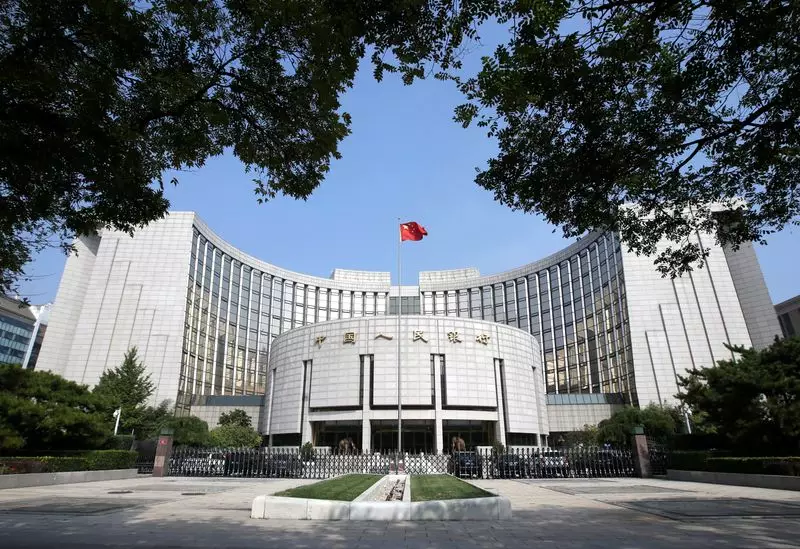In a pivotal moment for China’s economic strategy, analysts are anticipating adjustments to the country’s primary lending rates in light of recent global monetary changes. A recent Reuters poll revealed that a significant portion of financial experts expect the People’s Bank of China (PBOC) to initiate cuts to its loan prime rates (LPR) following a substantial interest rate reduction implemented by the U.S. Federal Reserve. This shift indicates a growing perception among market observers that Beijing may have increased leeway to adapt its monetary stance.
The Federal Reserve’s unexpected half-point interest rate cut has not only influenced American financial markets but also provided a backdrop for China to recalibrate its own policies. As international monetary policies diverge, the potential for the yuan to experience severe depreciation has emerged as a critical concern for Chinese authorities. The balance between maintaining a stable currency while encouraging growth is a delicate one, compelling policymakers to reassess their available options.
In a survey conducted among 39 market analysts, a striking 69% predict reductions in both the one-year and five-year lending rates, reflecting a consensus that Beijing is leaning toward expansive monetary measures. Conversely, a minority of analysts believe either a more cautious approach will be taken or that existing rates will remain unchanged. Additionally, as the seven-day reverse repo rate continues to serve as the central bank’s primary tool for regulating liquidity, a reduction in this short-term borrowing cost is also anticipated as part of a broader strategy to inject vitality into the economy.
The PBOC’s recent decision to implement cuts across both short and long-term interest rates earlier this year marks a notable shift, suggesting a renewed focus on fostering economic acceleration. Against a backdrop of underwhelming economic data, including lower-than-expected credit lending figures for August, the urgency for further stimulus appears amplified. The pressure is mounting for Chinese authorities to respond decisively to these challenges, raising the stakes for upcoming policy announcements.
China’s economic growth trajectory faces significant hurdles, with many brokerage firms scaling back their growth forecasts for 2024, predicting figures that fall short of the government’s target of 5%. Economic indicators have painted a less-than-optimistic picture, showcasing sluggishness in various sectors and prompting calls for a more robust policy response. Recent statements from President Xi Jinping underscored the necessity for action, as he urged government officials to adhere to the country’s annual development goals despite prevailing uncertainties.
As China navigates these economic complexities, it is evident that its monetary policy will require a careful balance of responsiveness and foresight. Policymakers will not only need to address immediate challenges but also strategically position the economy for future growth. The advent of global monetary easing may indeed provide the impetus for China to enhance its economic resilience, but the path ahead is fraught with challenges that must be skillfully managed.
The convergence of international monetary trends and domestic economic pressures is likely to guide China toward a decisive shift in its monetary policy. As the market awaits action from the PBOC, the broader implications for both domestic growth and international economic relations remain a compelling narrative to follow.

